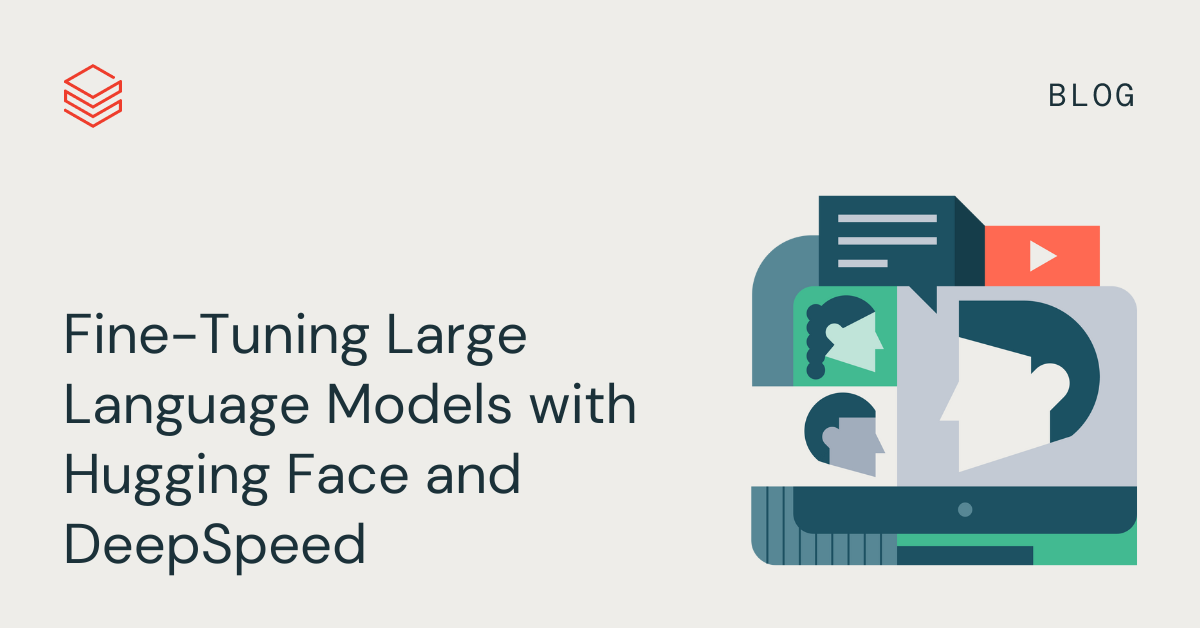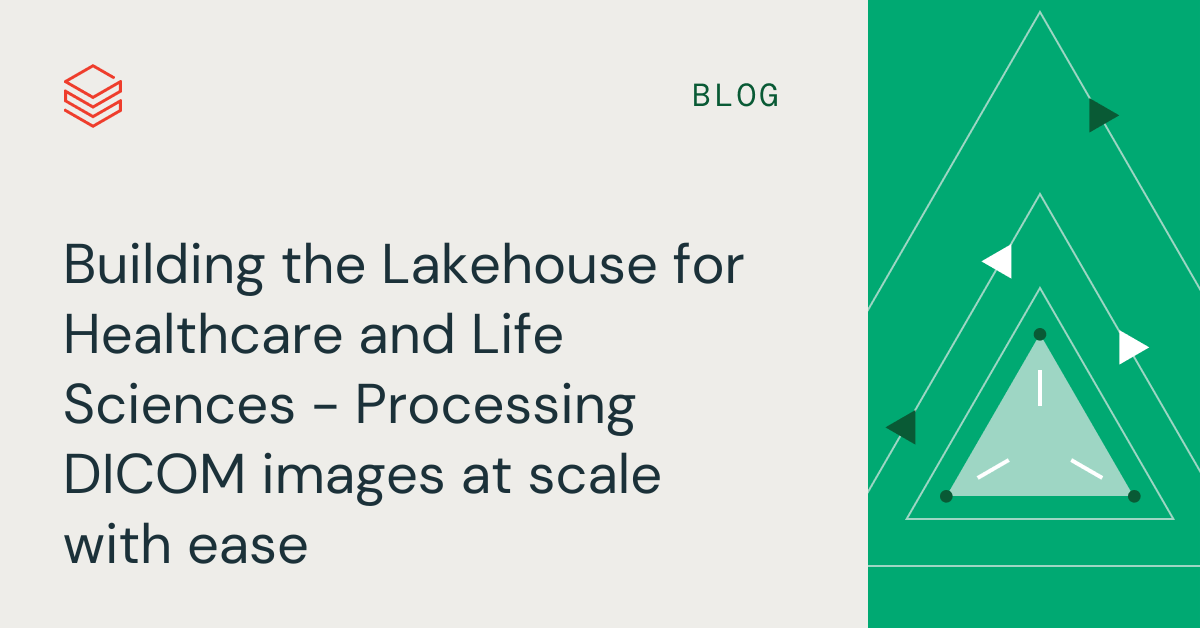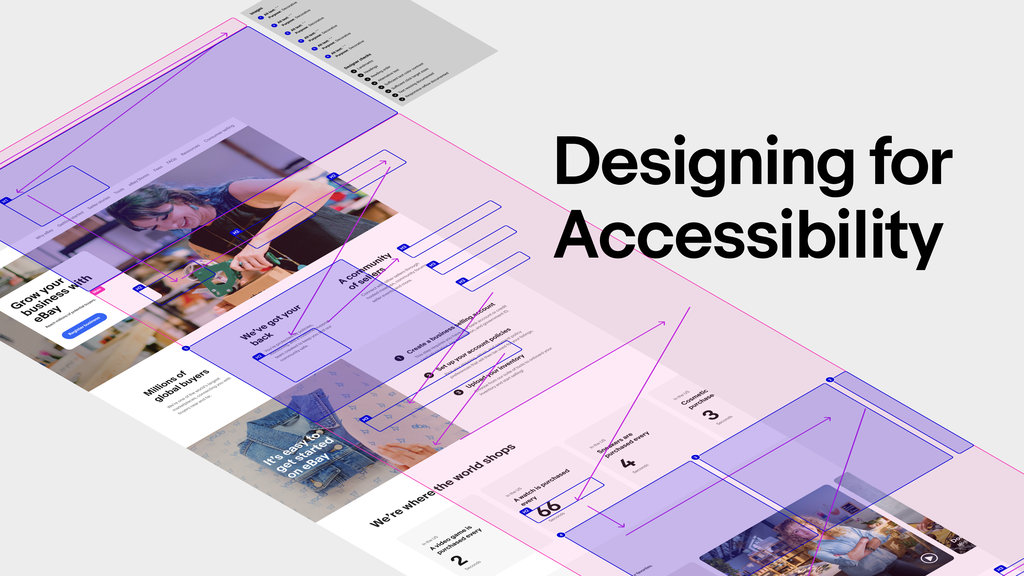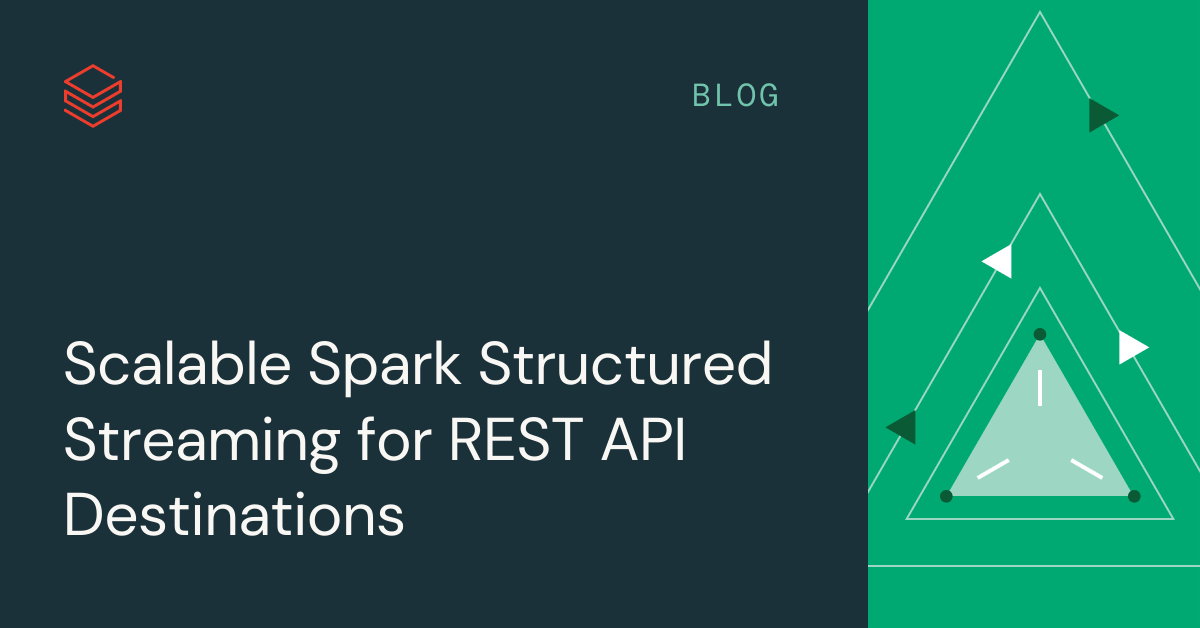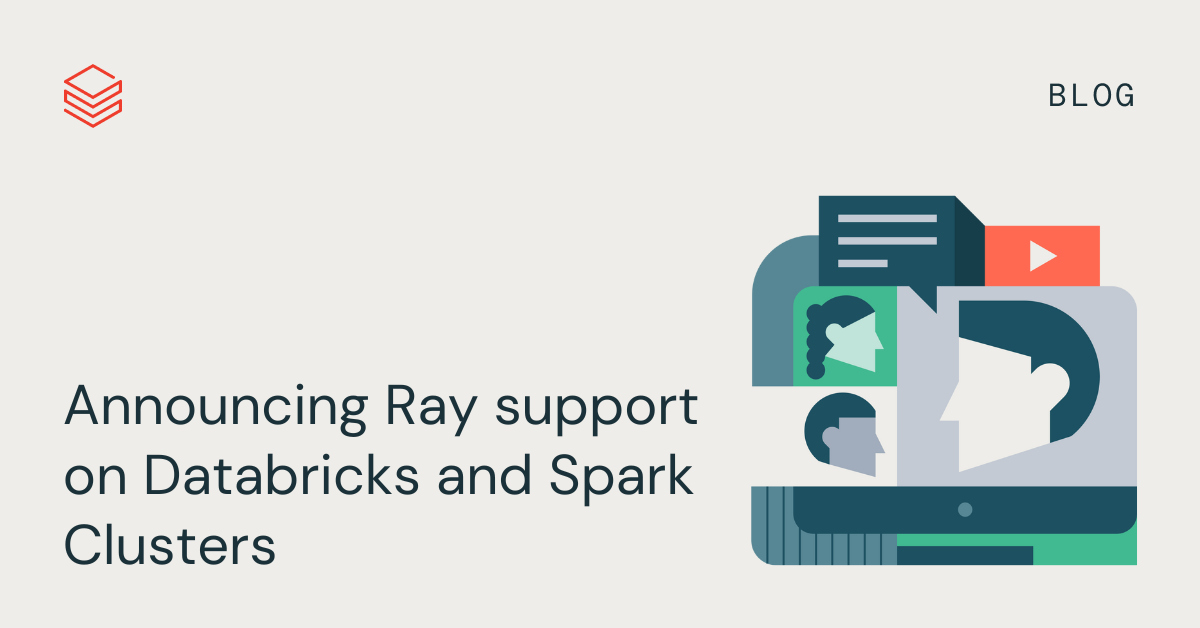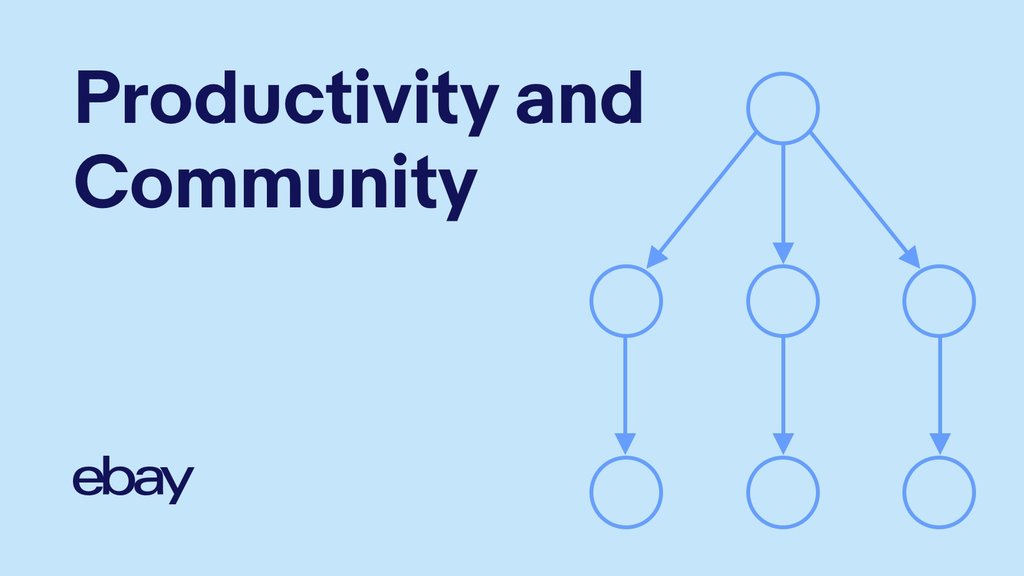Fine-Tuning Large Language Models with Hugging Face and DeepSpeed
Large language models (LLMs) are currently in the spotlight following the sensational release of ChatGPT. Many are wondering how to take advantage of models like this in their own applications. However, this is merely one of several advances in transformer-based models, many others of which are open and readily available for tasks like translation, classification, […]
Continue Reading